Rumple writes of a park called "The Common" in Salisbury, proving once again that our forefathers were clear-sighted about the future of Salisbury. We are simply putting the pieces back together. Here, from the Rev. Rumple, is the way it was:
It was customary for the towns in England to have a “Commons” or open tract of public land in their immediate vicinity, where the cattle might graze at will, where the children might play, and the gatherings of citizens are held on extraordinary occasions. In accordance with this custom, the Act of the Assembly specifies a “Common” in connection with the town of Salisbury.
The precise locality has been difficult to determine, but the Act appears to describe it as lying “on each side of the Western Great Road leading through the frontiers of this Province.”
The said road ran through the westward of town, leaving Corbin Street with “Temple” or Fisher Street, running diagonally through the square occupied by the late Dr. Jos. W. Hall, and back of the residence of the late Judge Caldwell — now the residence of M.L. Holmes. The “common” on each side of this road would include the square now occupied by the grounds of the Presbyterian manse, and the spring that was anciently on it, as well as the spring at the head of the stream starting behind Paul Heilig’s residence, and running through the grounds of the “National Cemetery.”
It is a matter of profound astonishment that town corporations will part with grounds that would make desirable parks or breathing places, for a mere trifle, and condemn the citizens to live in a long, unbroken line of houses, unrelieved by shade, when they might so easily retain a Common or Park, where the inhabitants might resort at will in summer weather, and refresh themselves by breathing the pure air that comes whispering through the rustling leaves of the trees.
– The Rev. Jethro Rumple
